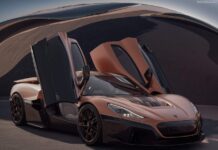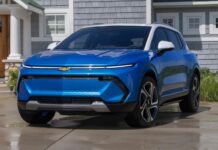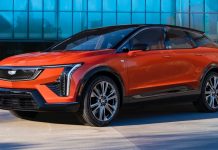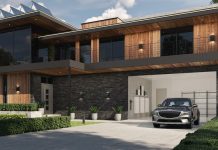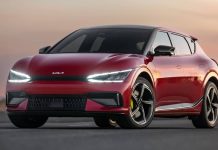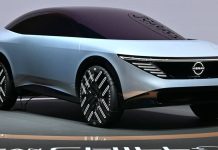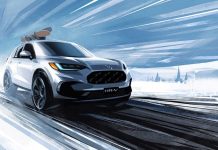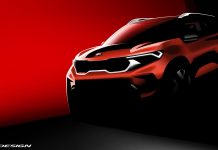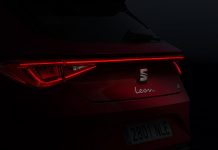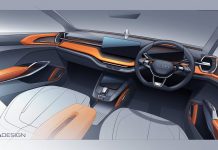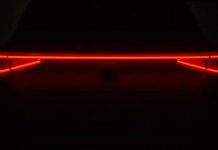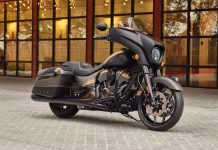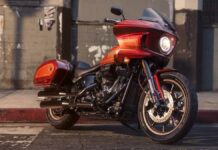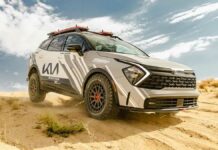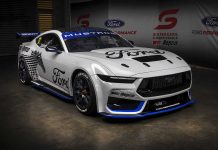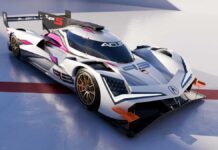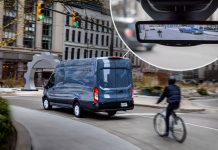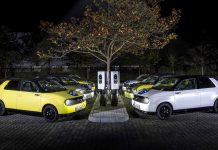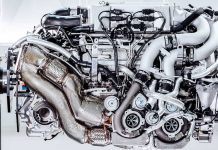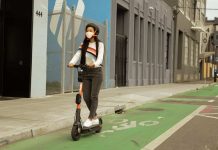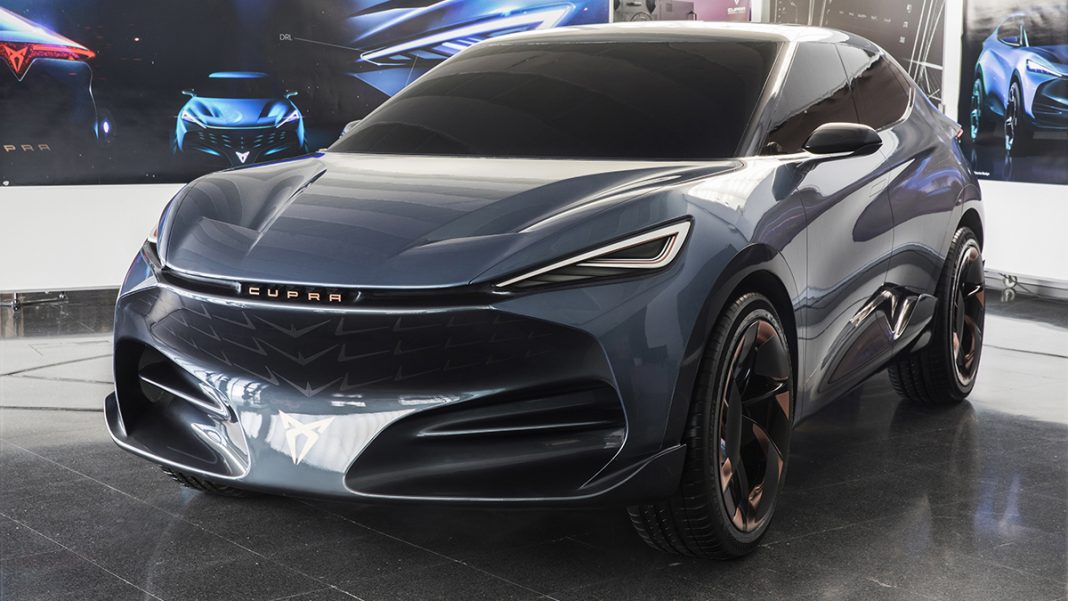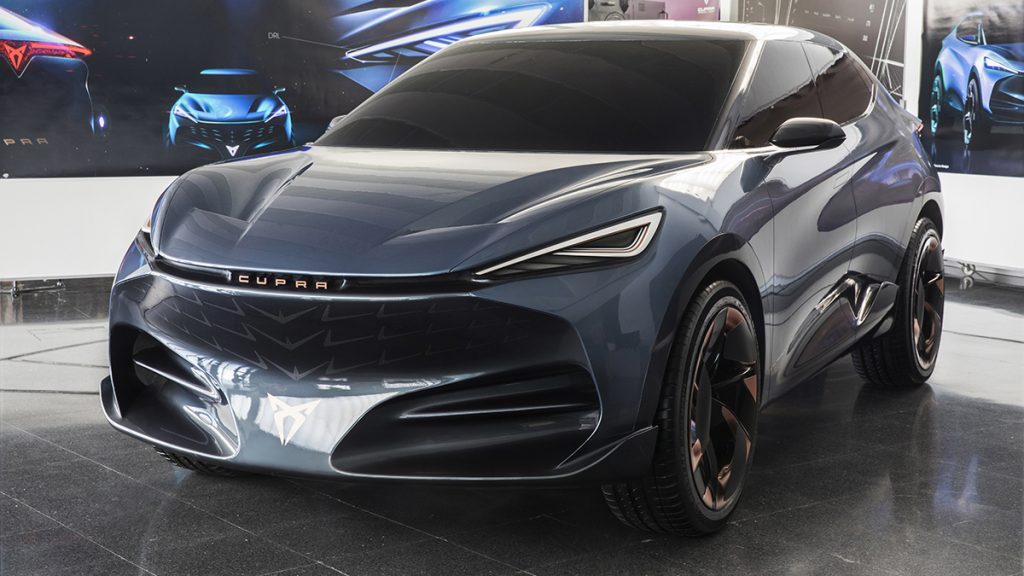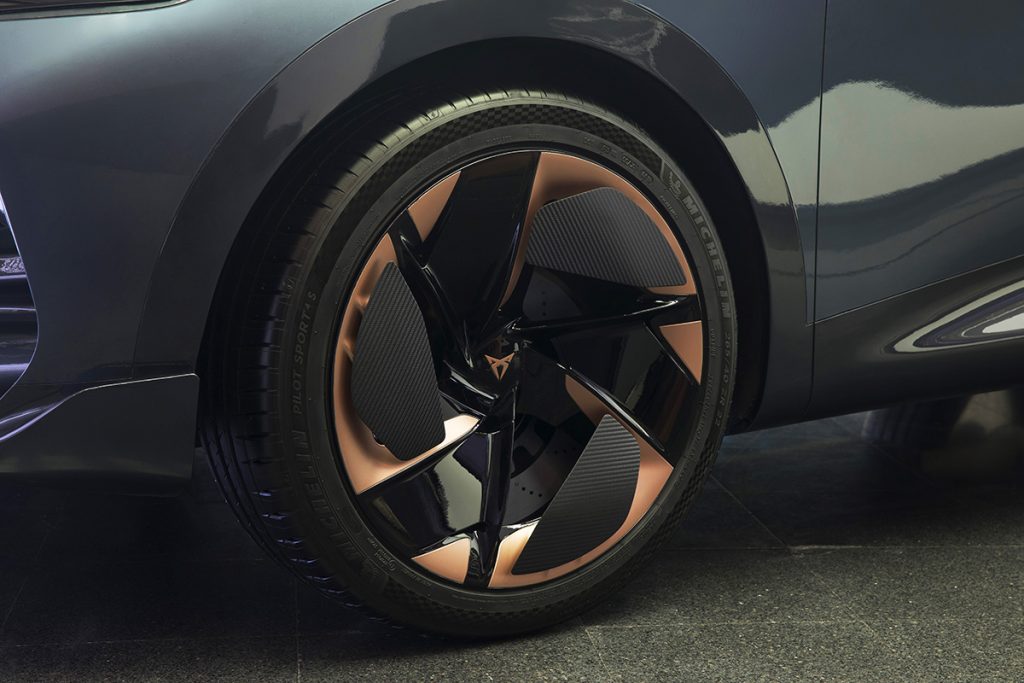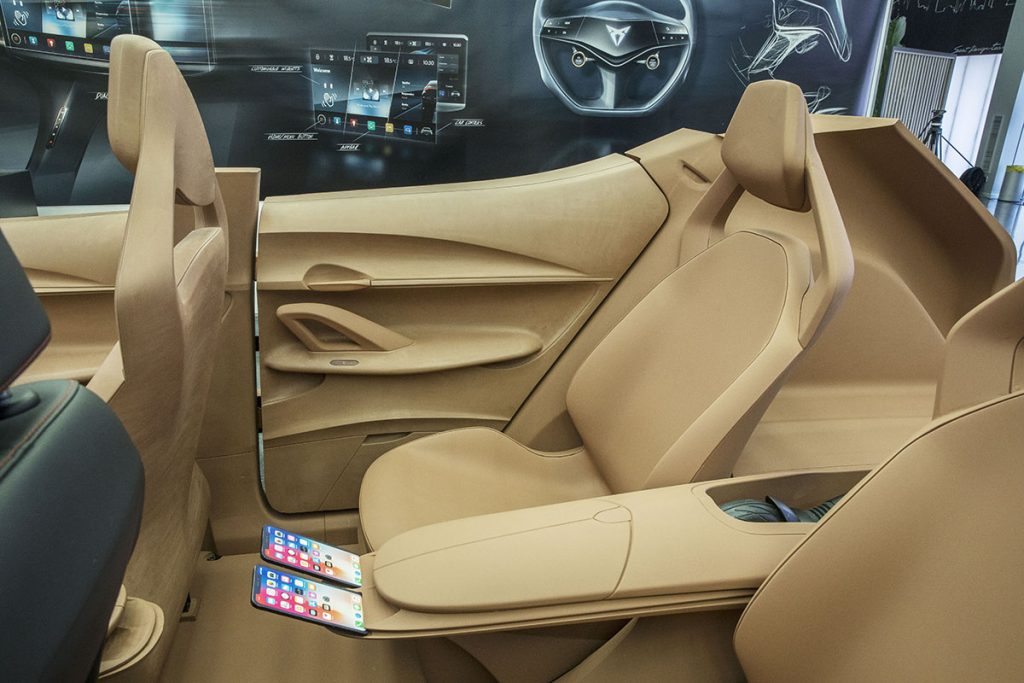The electric car is now the present of the automotive industry. Its breakthrough is bringing about changes in the entire development and production process of a car, beginning with its design. Which elements are eliminated? How can you increase range through design? We find the answers in the design of CUPRA’s new concept car, the wholly electric Tavascan SUV coupe.
– Aerodynamics is key: “When designing an electric model, the biggest challenge is its aerodynamic efficiency”, explains Alberto Torrecillas, a designer of exteriors at CUPRA. To achieve this, wings and appendages naturally appear on the body of the concept car. “Everything is sculpted intentionally to give the vehicle a soul. There is nothing that looks machine-made; its appendages stand out as muscles that protrude from the body and define the silhouette of CUPRA’s SUV coupe.” This produces less wind resistance and increases the driving range.
– Slimmed down cars: Electric cars add a new, essential element for them to operate – the batteries. And designers must find a dedicated location for them. On the Tavascan they are arranged in the lower part of the vehicle. Due to the weight of the batteries, working with lightweight materials becomes a priority for the designers. “The entire concept car is made with carbon fibre, as this is the material we want to use to represent the concept of ‘lightweight’, said Alberto.
– The wheels, featuring more than just good looks: Weight reduction is directly linked with gaining more range, and this is where the wheels also play a crucial role. In the case of the Tavascan they measure 22 inches in diameter, with copper elements and hubcaps overlaid with carbon fibre to help channel the air and cool the brakes. “When designing an electric car, braking and energy savings are extremely important, and for this reason the wheels are a key component”, emphasises the designer of exteriors at CUPRA.
– Revolutionary front and rear ends: If there is one thing that defines the look of new electric models that is its front end, as there is no ventilation grille typically found on all cars equipped with a combustion engine. “The front end concept is entirely new. It is designed with large format, functional air inlets. Two of these shape the breadth of the front end to channel the air, and an air curtain guides and expels it from the bonnet”, says Alberto.
The rear end also loses one of the most recognisable features on a fuel powered car – the exhaust pipe. “This characteristic enables us to achieve perfect symmetry”, the designer points out.
– A challenging interior: The interior of an electric model also presents challenges to the designers. The batteries take up a significant amount of space, but at the same time we have to maintain roominess and comfort in the passenger compartment. “We’ve designed an interior with four sporty, carbon fibre seats to maximise space, and experimented with the lightness of elements such as the dashboard and the two central consoles”, said Marc Franch, a designer of interiors at CUPRA.
Colours and materials also help create a feeling of spaciousness. “We used white napa leather on the seats as well as the top of the floating dashboard to give it a sense of roominess. The ambient lighting, which is exclusive to this concept car, makes the dashboard look suspended in air, contrasting with the black neoprene floor”, comments Frederik Baumann, a designer in the Color&Trim department.
– Many differences, but the same passion: The latest technology, exclusive colours and materials, a clear view of the headlamps; 13 inch, floating, dual orientation central display screen; seats with individual connectivity and an electric kickscooter. What remains the same in the design of a fuel driven CUPRA and an electric CUPRA car? “The desire to generate a feeling, a passion; we call it the ‘wow’ effect, and it has to be the same for a fuel powered car and an electric one. It’s the philosophy that guides us when designing CUPRA vehicles”, concludes Alberto. A fully electric design featuring 100% CUPRA DNA.


